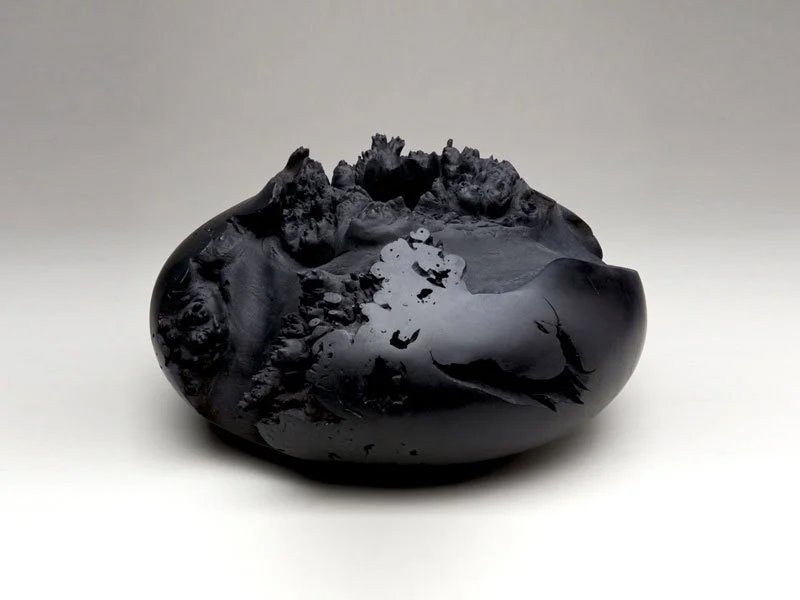Textile with a message: The work of Carmen Machado
A gauzy, translucent material, with an array of colorful bits of string or rope, suspended in it–like colored gems almost, set in a diaphanous framework.
This is how I would describe the textiles being created by designer Carmen Machado.
From this description, or your first sighting of the textiles themselves, little would you guess that the material ingredients of such a delicate, woven assembly have an ominous history to them. Indeed, the colorful ‘gems’ are really chunks of ocean debris–discarded netting and fishing lines which, owed to rampant use and improper discarding, eventually make their way back into the ocean, continuing to trap and ‘ghost-fish’ precious marine life as well as fatally harm them due to ingestion.
Carmen Machado's textile, seen used as upholstery for a chair here, alongside the discarded fishing lines and netting.
Carmen Machado gathers these discarded fishing lines and netting scattered across beaches in the UK and Puerto Rico, cleans and treats them, and then transforms them into large panels of this beautiful woven textile. Swathes of the woven textile are then oriented to upholstery, interior products and objects, and as well as being suited for stand-alone art.
Discarded fishing lines and netting.
Within these graceful, understated formats, and the gentle texture of this woven material is tucked away a strong and urgent message–the magnitude of the impact of human activities on Marine life, and how pertinent your awareness is. On the one hand, Carmen repurposing discarded debris into pleasurable design; and on the other hand, she reminds you constantly about the forbidding source of that material. Burgeoning global demands for fish, new and invasive fishing practices such as trawling and long line fishing, and the ways in which equipment is being discarded and dealt with after use–all of these factors have led to a surplus of ocean debris that is fatal to Marine life.
Carmen Machado's textile, seen used as upholstery for a chair here, alongside the discarded fishing lines and netting.
So where do the origins of Carmen's concern and efforts for marine life lie? And when did ocean debris become a working material for this young textile designer?
Growing up near the beach, in Puerto Rico, Carmen saw the impact of fishing and such discarded ocean debris first hand–the damage to local marine life was palpable, so much so that when she went snorkeling near her home, "there was nothing left to see." In parallel to this reality back at home, Carmen's education as an artist and designer began; as did learning to weave with more familiar fibers while studying at The School of the Art Institute of Chicago.
Discarded fishing lines and netting collected by Carmen at a beach.
The awareness and concern about Marine life remained at the forefront of Carmen’s mind throughout and finally took form in her MA Project while studying at Chelsea College of Art and Design. This project allowed Carmen to develop her now signature process–weaving spools of monofilament (often fresh fishing line) on the loom, together with cleaned, treated and cut pieces of the ocean debris–to create a composite woven textile.
At the onset of this project, it was questioned if Carmen would find enough of such discarded netting and fishing line for her work. And she did. On visits to beaches in the UK, and back home in Puerto Rico, she amassed large quantities of this discarded debris–forming the backbone of her new woven material.
Today, Carmen is a recipient of the 2016 Cockpit Arts/ Clothworkers' Foundation Award and continues to gather ocean debris and weave textile from her studio at Cockpit Arts in Deptford. From here, with the business development support and mentorship available to Cockpit Arts's makers, she is able to pursue and prepare for multiple professional opportunities and business goals. All the while, she investigates new applications and design formats for this woven, sustainable textile.
The structure of Carmen's woven textile.













